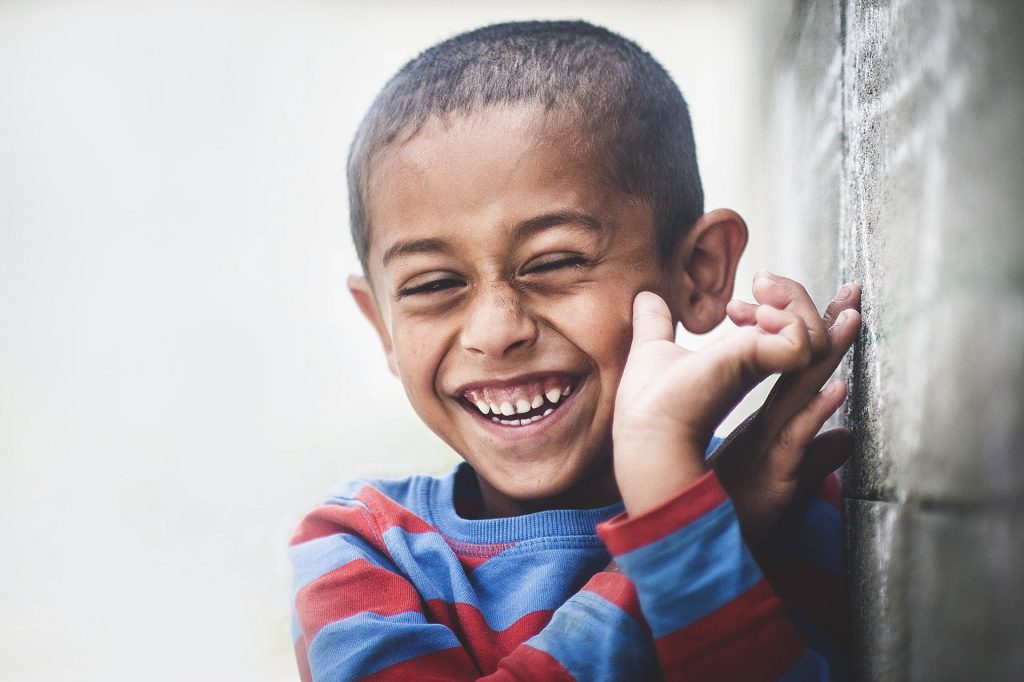Bedwetting, also called nighttime incontinence or nocturnal enuresis, is an involuntary urination while asleep. By the age of 6 years old, 90% of children are able to remain dry overnight. For the other 10%, bedwetting can remain a challenge into their teenage years and beyond.

There are two different types of bedwetting: primary enuresis and secondary enuresis. Primary enuresis is defined as the child never developed nighttime dryness; secondary enuresis is defined as the child had a period of being dry and then started to experience nighttime
wetness. Both are common, affecting 5-7 million children throughout the US. It affects roughly 15% of girls and 22% of boys.

There are several causes to both types and it’s important to discuss bedwetting with your pediatrician to look for the source:
A hormone imbalance. Our bodies use a hormone called ADH, antidiuretic hormone, to slow the production of urine at night so we can sleep and recover from the day. An insufficient production of this hormone would allow too much urine to be produced at night and could lead to nocturia, which is frequent nighttime urination, or bedwetting.
Inability to recognize a full bladder. As our bladders fill with urine, it expands. When it expands and stretches enough, nerve endings surrounding it will send a message to our brain to let us know it is time to empty. This sensation can be diminished in children who are no
developmentally ready for this milestone or in children who have poor interoception, the perception of sensation from within your body.
Detrusor overactivity. The detrusor is a smooth muscle that forms a layer of the wall of the bladder and contracts when it is time to urinate. If this muscle becomes overactive, it may contract involuntarily, releasing the contents of the bladder at inopportune times.
Disrupted sleep patterns. The child may have an immature sleep pattern allowing uninhibited reflexive contractions of the bladder, which will improve as the child’s central nervous system matures. The child may also be experiencing sleep apnea, a condition in which a child’s breathing is interrupted during sleep, often due to inflamed or enlarged tonsils or adenoids.
Constipation. Fecal matter is stored in the rectum until it is ready to be released. This should occur daily, however, for anyone who is constipated, it may take longer. Although our bladders have a maximum stretch capacity and will automatically empty at a certain point, our rectum can stretch much larger and store poop for days, weeks, months, or even years. As the rectum enlarges, the available space in our pelvis lessens. Eventually, the rectum will begin to push against and increase pressure on the bladder. This can increase both urgency and frequency of urination both during the day and night.
Stress and anxiety. Stressful events, such as becoming a big brother or sister, starting a new school, sleeping away from home, negative and unwanted attention from adults, may trigger bedwetting.
Medical diagnoses. Diabetes, kidney disease, sickle cell disease, lumbosacral disorders, anatomical anomalies, and urinary tract infections can all cause bedwetting.

If your child is past the age of 6 and bedwetting, please speak to your pediatrician about diagnosis and treatment options. Depending on the cause, pelvic floor therapy may be able to help!
Together, we can create a personalized treatment plan that addresses bowel and bladder habits, food and fluid intake, behavior modifications, bedtime routines, clean up routines, and toileting habits and positioning. It’s important to remember that bedwetting is completely involuntary and no child does this on purpose.

For more information, schedule a free consultation with our pelvic floor specialist. With reassurance, support, and understanding, your child can look forward to dry nights!
